Co-Director Lisa Cortés on Voting Rights Past & Present in “All In: The Fight for Democracy”
Amazon’s recent documentary about voting rights and voter suppression, All In: The Fight for Democracy, opens to newscast audio from November 6, 2018, covering the Georgia governor’s race between Stacey Abrams and Brian Kemp. That election, which would have seen Abrams become the country’s first African-American woman governor had she been elected, became a flashpoint for a nationwide recognizance of contemporary issues surrounding the closure of polling stations, deliberate under-training of poll monitors, voter roll purges, and other voter suppression tactics. Kemp, who declared victory with a narrow, contestable margin, had previously held office as Georgia’s Secretary of State, during which time his office closed 8% of Georgia’s polling locations, mostly in African-American communities.
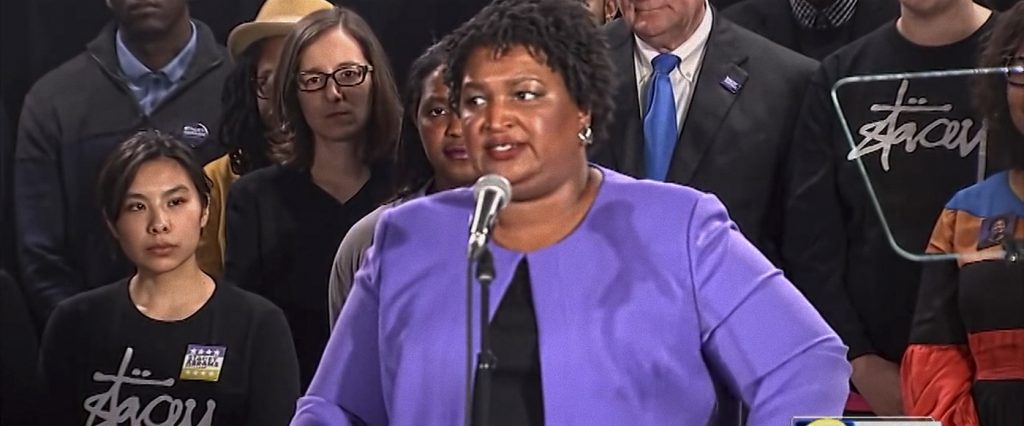
From there, All In directors Lisa Cortés and Liz Garbus zoom out to work their way through an informative history of Reconstruction, Jim Crow, the ratification of the 15th amendment, Florida’s felony disenfranchisement, and the Voting Rights Act, among other key moments in the U.S. annals of giving and then effectively taking away its citizens’ right to vote. Woven throughout, the documentary turns on Abrams’ expertise and experience, along with that of interviewees like the writer and Emory University professor Carol Anderson and Michael Waldman of the Brennan Center for Justice. We had the opportunity to sit down with co-director Cortés to discuss how this sweepingly historic documentary came to be, the process behind illustrating Abrams’ early life, and what the directors hope viewers take away from All In in addition to the pure need to defend a functioning democracy.
Did you begin with the issues surrounding voting rights overall, or with conversations with Stacey Abrams?
The origin story is such that Stacey, in the summer of 2019, met with several filmmakers to find the right partners to tell the history of voter suppression and voting rights. So that was kind of the foundation of the film.
Once you and Liz Garbus began working with Abrams, how did you decide to structure the documentary?
I think one of the big framing devices, in many ways, is this whole concept of the past is prologue. To understand the contemporary manifestations of voter suppression, one needs to have the historical context for framing. And I think also for people to understand how insidious voter suppression is, how the visage changes through time but the intention is the same. Whether it’s the billy clubs and the dogs, or it is the [voter roll] purges, poll closures, all the things that voters right now who are attempting early voting are experiencing, they come from the same place. So in terms of structure, past is prologue was definitely a guiding principle. When we initially met with Stacey Abrams, something that was really important to her was that she wanted to use this platform to talk about this history, but she didn’t want it to be centered on her story. But we found that in constructing the film and making the immediacy felt, that her story provided a great spine, with the seminal beats that we include, to allow us to toggle to the past and also to the present.
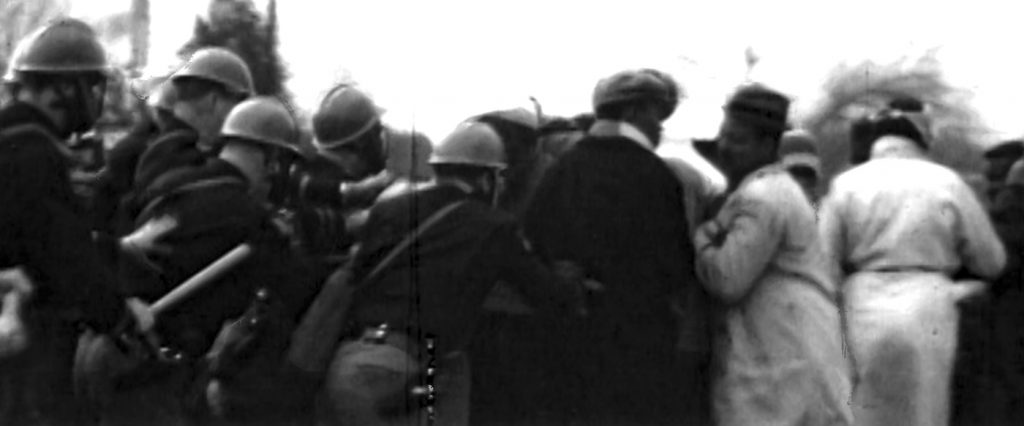
Getting into the country’s wide-ranging history of voter suppression, was there any particular aspect you felt you didn’t get to include to the extent you might have hoped?
The intention is to make this good spinach, that it provides nutritious information with the right framing so that you can understand, through history, what’s happening. We wanted to spend much more time in the Civil Rights movement, but we felt that there were a lot of great films out there that did that work, because in particular, we loved Amelia Boynton’s stories, C.T. Vivian, those representing Congressman Lewis — there are fantastic films out there that are really able to focus on the contributions of those individuals. One of the interesting things about working with Amazon is that they have the x-ray feature, and that allows you to include deleted and extended scenes. So when you watch the film there, you’re able to learn more about some of the great Reconstruction senators. We have a piece about Native American history and really went into much more detail. So that’s how we were able to compromise with some incredible stories and historical moments, knowing we could create these takeaways and include them in the x-ray feature.
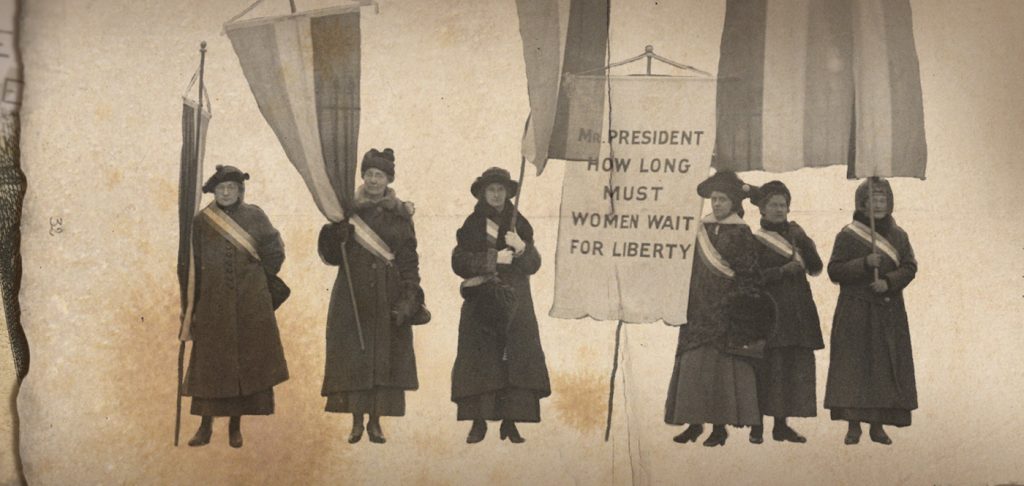
Have you been able to do outreach regarding the film and voting?
There were five tour buses that traveled to battleground states and those buses registered folks and they had pop-up screenings. There have also of course been a tremendous amount of screenings with civic organizations, with our partners at the Raben Group, a grow-a-voter curriculum has been created for both high school and college students, we’re training teachers to be able to implement in the classroom, we’ve awarded grants to community organizations with Boots on the Ground. All of us knew that for this film to have the reach and impact, it was so important to have a partner that shared that vision of a campaign that would be able to accompany the film. Of course, there’s our website, and on the site are a broad range of resources, on how to vote, how to take action, about the film, knowing your rights, and additionally, there’s a voting action hub on the Amazon site.
In terms of stylistic details specific to the film, we loved the lightly animated illustrations that very movingly depicted, among others, early stories from Stacey Abrams’ life. What was the process there?
When Liz and I were working on the film, we realized there were some incredible moments, not only with Stacey’s first visit to the governor’s mansion, her grandmother telling her about her fear of voting, and the Maceo Snipes story, that were really rich but that we were lacking in archival [footage] to tell these stories. For Maceo Snipes, the [photo we show] is the only picture that exists of him, so that was especially important for us to commemorate his incredible act of heroism. There were so many people who lost their lives [for voting], but we were really touched by his story in particular. So we landed on animation as a mode of doing this.
Who did the animation?
We reached out to a woman named Diana Ejaita, who’s based in Berlin. She’s done beautiful work — you’ve probably seen her New Yorker covers. Diana hand-drew every single frame. Working with her and Michal Czubak, our animator, we created these stories to really psychologically mine what does it mean to be a young Stacey Abrams, she’s achieved so much, she’s going to the governor’s mansion, and she’s told that she can’t [have] access? I love how she disappears down the hole when the guard says no. And when she’s walking toward the mansion, it all starts to disappear. We could have had Stacey and her parents solely recount the story, but I think that by adding the visual animation, that component allows one to really access more of the psychological and the interiority of what it feels like. And I think that’s something that ultimately creates more empathy for anyone who’s watching.
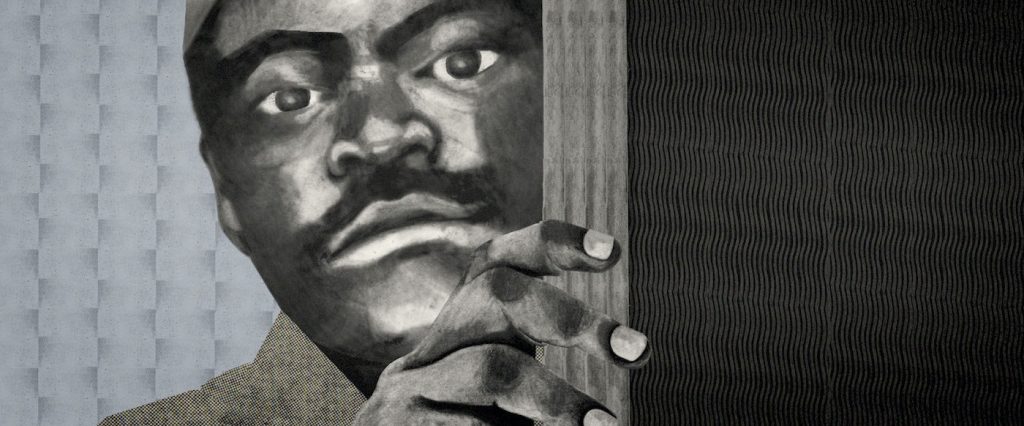
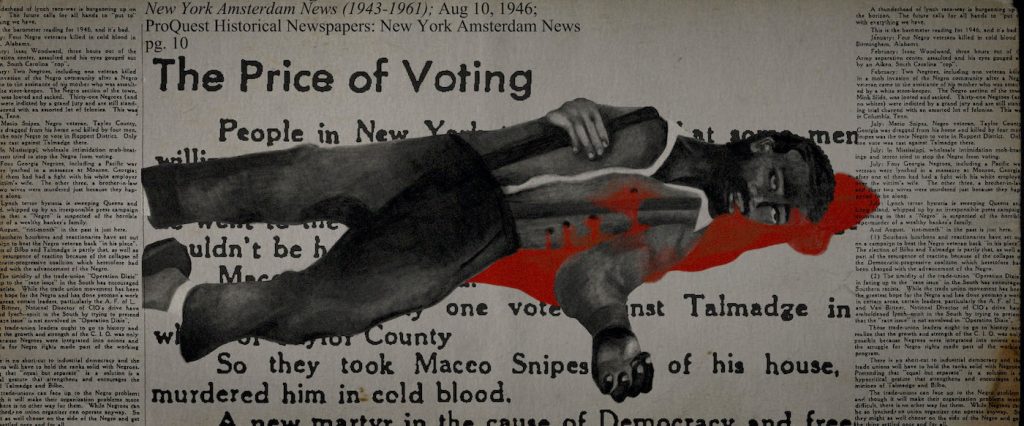
How did you decide where to film your interviewees?
We worked really closely with our DP, Wolfgang Held, and we shot them all in greenscreen. So we then chose plates for the background that we thought were appropriate in echoing the presence and voice of the individual interviewees. They’re all shot in Brooklyn, with the beautiful library scenes at The Brooklyn Historical Society.
You also had interviewees from across the political spectrum. Was it difficult to get conservative voices like Hans Von Spakovsky of the Heritage Foundation to agree to an interview?
We reached out to a lot of conservative voices and to his credit, he agreed to participate. Brian Kemp didn’t agree, Kris Kobach, a lot of other folks did not.
The takeaway from the documentary feels clear — that democracy is not a given and has to be fought for — but is there any other additional message you’d want to make sure a viewer comes away with?
I think there’s a couple of things. One we always hear is, if it didn’t matter, why are people trying so hard to take it away? It is so necessary and important. We’re in an electoral season, and what we should be aware of is that we took to the streets this summer to protest injustice. And when we are voting, we have the opportunity to not only vote on the president but down-ballot. Who is that DA? Who is that judge? Who are the people who are going to represent our community and be responsive to the change that we are seeking in all strata of government? I think sometimes there’s so much focus on the presidential election, which is incredibly important, that we forget about the down-ballot candidates and issues that exist. But democracy is fundamental, it’s necessary, and it needs to really return to the original concept, in the American Constitution, of “we the people” — our voice and our representation.
All In: The Fight For Our Democracy is available on Amazon Prime now.
Featured image: ALL IN: THE FIGHT FOR DEMOCRACY. Courtesy Amazon.



